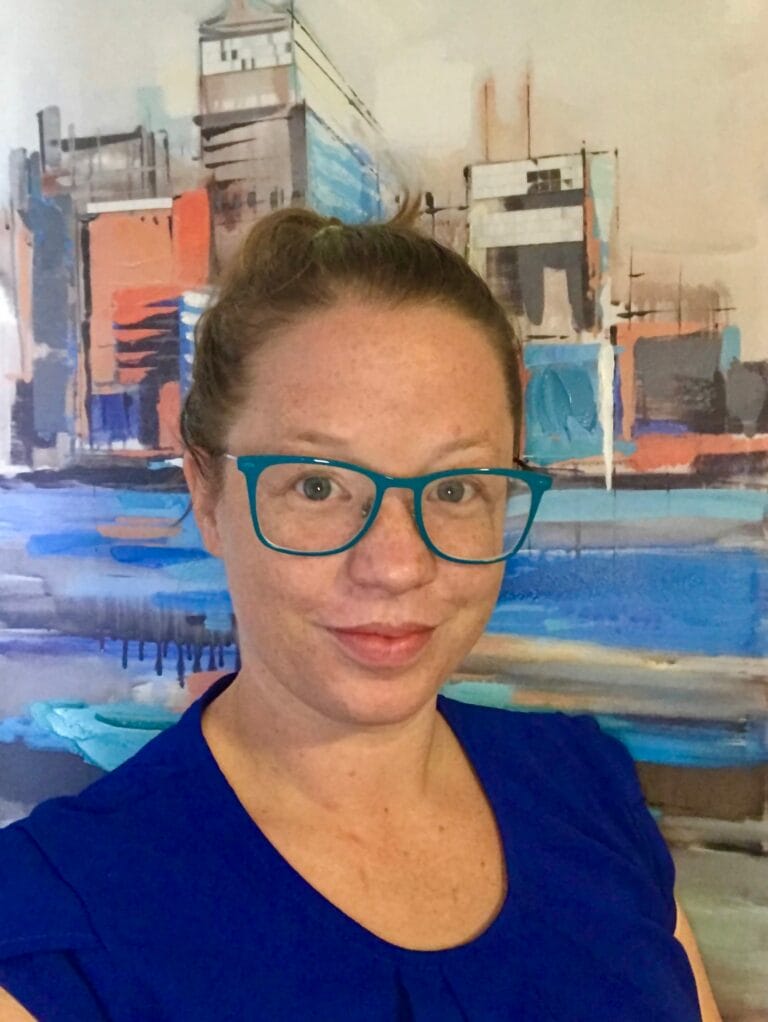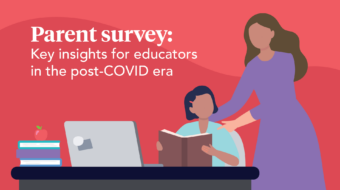

Introduction
Sarah B, Ed.M., NCSP, joined the PresenceLearning Care Network as a school psychologist in the summer of 2020. She attended Teachers College in New York at Columbia University and received a Master of Arts in Educational Psychology and a Master of Education in School Psychology. Sarah works with students from the kindergarten level through postsecondary, up to 22-years-old.
Can you tell us a little about how you collaborate with teachers and other school staff members?
With other teachers and school team members, I consult a lot through email. I find them responsive and helpful, and there are always systems to reach any school team member who might not be responsive. I also participate in IEP team and evaluation meetings to present my findings, which I have found to be a good way to collaborate with the team and learn more about the student and the school’s own processes in supporting their students.
How do you build trust and rapport with parents?
I make sure to communicate with parents on the phone first whenever possible. I also can communicate easily through text or email, and always make sure that they know that their student’s interests are the focus for any counseling or testing. I enjoy working with parents and understanding their perspective. I make sure that they know that I believe they are the expert on their child and I value their expert opinion.
What advice would you give districts considering online therapy?
I would say that I was skeptical about online therapy when I worked in a brick-and-mortar school. We had some online SLPs at my school. I noticed as a third party in that experience that many students, given the right setting, benefit from online services. Through my experience this year, I do find that given the “face-to-face” nature of my testing and counseling sessions with students in my online PL therapy room, I am able to build rapport quickly with students and encourage them to do the best that they can in a way that is different, but not less than what I can do in an in-person setting for many students.
I would recommend that districts pay attention to the setting of testing and counseling. Whenever possible, it is important to have students in their own room where it is quiet and comfortable. I’ve always experienced that to be the case from my experiences at PL so far working with students in school buildings. But I know it was sometimes difficult for my previous brick-and-mortar school district to find that quiet space and a support staff member to be there with students. I think teletherapy can easily work with the right support and the right motivation so that schools can realize, “Oh, yeah, this really does work.”
Are you in need of related service providers like Sarah? PresenceLearning is here to help! Schedule a consultation today!



